Are you looking to improve on your triathlon run-splits?
It is widely-acknowledged that fast pure running capability does not necessarily translate to a fast run split in triathlon, several world class runners have tried it, only to post below average run splits on the bike. There are too many factors that goes on before the run part, that you have to be patient, and also learn them on training. There is the factor of nutrition, fitness and pacing on the bike and in the water, which ultimately will reflect on your ability to run.
And it is also a known fact in triathlon, that to be a good runner, you better have to be a strong cyclist and done plenty of training in the pool too. Let’s say for the sake of training article, you have done the job in your training in the pool and on the bike and have become an above-average swimmer and cyclist at the very least. Also, you have done your homework on nutrition and pacing.
So how do you improve as a Triathlon Runner?
1. Learn, Practice Proper Running Form
Run economy. From the sound of it, it will be too technical on the outset. But even if you do commit to the basic drills of run economy, you will earn the benefit, even before you start training hard on those run workouts. Working hard, and spending precious time on the road, with an improper form is not smart training. At ironguides, we always had advocated short strides, and faster cadence. This is the foundation, and when you become fitter and stronger, that stride will lengthen a bit, producing better run times, at the same fast cadence you had developed.
Additional benefit: Better run skills and technique also means you will be lesser-prone to injury.
2. Attack your Run PR.
Triathletes are a slave when it comes to going long. We don’t mean a marathon PR here, not even in half-mary. Brandishing that shiny new run form? Sign-up for a run-only race, and go short. I mean 5k-10k run races. These short races are good auditions for your new, updated run form. Try to focus on your form, and see where it takes you. These short run races will give a high-intensity work-out while not punishing your legs (unlike what a half-mary of marathon will do), requiring a longer recovery period. What more, if you ran it well, and hopefully, a new PR, is a good confidence-builder in the middle of your build period.
3. Smart Bricks
Your body, or your legs for the matter must know how to run on tired and beat up legs. The weird sensation you feel after hard biking, the faster you get over it in a race, the faster you can focus on just running. And there is no better way to train for it than having bricks incorporated on your weekly block of training. The more you insert Transition Runs (15-20 minute runs after a bike workout, focusing on proper cadence and form) in your schedule, the better you are at disposing the jello-legs feeling you experience after the bike.
If you’re up for a key weekend workout, Long Bricks are also essential if you want to transition to a better runner. Usually a long ride followed by a 5-10k run, this is more of race simulation workout, and a good confidence builder leading to a race. This demanding workout usually combine a long ride Saturday-long run Sunday into one, so make sure to allocate recovery for it appropriately.
Additional Tip: Race Duathlons! I know some triathletes just hate duathlons, for it usually take longer days for the legs to recover after a race. Joining a duathlon as a part of prep races for the A- race is usually a smart as long as done at the right schedule. The best runners in the business came from duathlon background, and it is a joy to watch when effortlessly outrun their competition in the run leg.
4. Run Trails and Hills
Running on a trail means dirt road, and is usually way forgiving than the usual asphalt or worst, cemented surfaces that we do on our usual runs. Moreover, running on a trail means every step will be different, and will require more muscle recruitment, and even engaging your core. If done carefully, trail running will improve your stability as a runner, way more than running in a repetitive straight road running.
Bored with mundane run intervals, go substitute a weekly workout with this and you will immediately feel they can be as punishing as those intervals, or more.. How can slow, uphill run be so damn hard? They require more muscle recruitment firing up calves, hams and core immediately with every step up. Think of unlimited lunges, and spiking your heart rate just like intervals do. It is like a leg strength workout plus anaerobic workout combine into one.
Caution: If you are an inexperienced trail runner, don’t go extreme at first. Find a suitable trail course apt for your experience. Also, it is wise to run with someone who is familiar with the trail course. And make sure the path is relatively clear of roots and large rocks as it is easy to twist an ankle off-road.
5. Tweak your Long Runs
• Easy Long Runs
There are times when age groupers get lazy and they treat their long runs one and the same. Easy runs that are at a moderate to high effort, makes them tired and sluggish the day after.
There is a run training adage that says make your easy days easier, and your hard days harder. Anything moderately paced is counterproductive.
Think of the easy long runs as time on your feet, especially when you are gunning for middle to longer distance triathlons. These are supposed to build your body’s capability to handle physical discomfort, increase the quantity and size of mitochondria, improving oxygen use and glycogen storage.
Easy doesn’t necessarily means slow. Always focus on a good form and fast leg turnover. Consider also breaking your long run down in shorter repeats of 5 to 10min long with 1-2 min rest in between, this will allow you to run at a faster pace and appropriate technique, with the same easy aerobic load.
• Long Run Simulation
Say you are training for a half-distance triathlon, and you are on your race-specific period of your program. This simulation will require you to run a little bit faster than your goal pace for the 21km run of your half-distance race. Also, say the hydration stations in the race are 2km apart, and you plan to brisk walk to grab drinks and sponges, this will be simulated to as walking breaks for the workout.
*2km at easy (20-30 seconds slower per km), 3x 2km at goal pace, and 3x 2km at 10-15 seconds faster per km than Goal pace) 2km easy cooldown. 20-30 seconds walking rest in between reps.
This is a good simulation of your triathlon run, and will gauge if you can hold your goal pace at your race. As with any simulation, best to workout with your preferred nutrition and apparel you will use on your race. Race simulations will let you know how ready you are, and at the same time, fine tuning your final preparations.

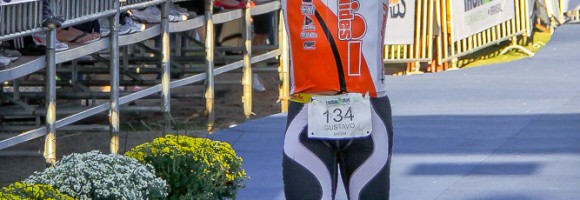

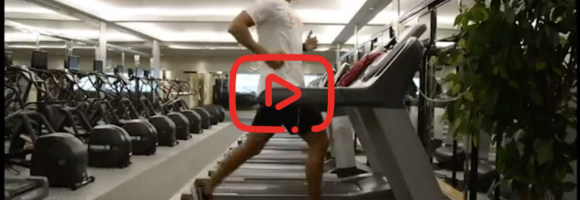


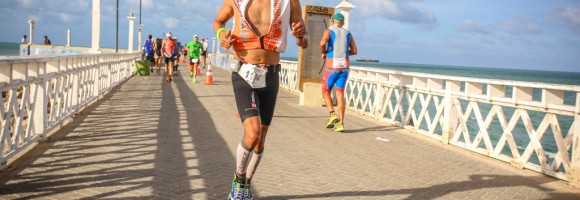
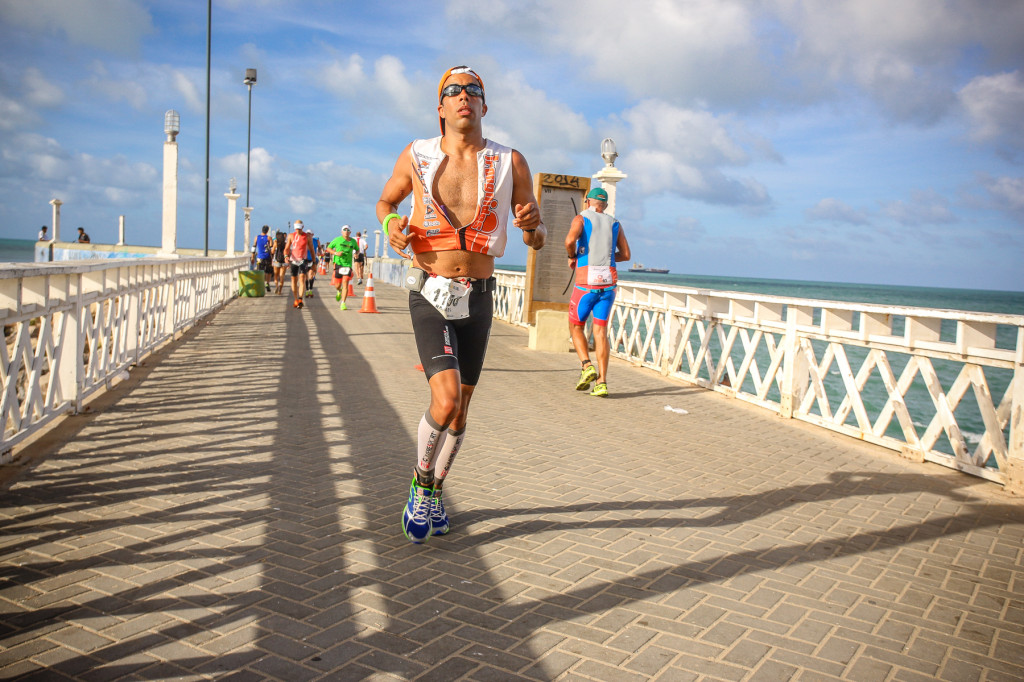
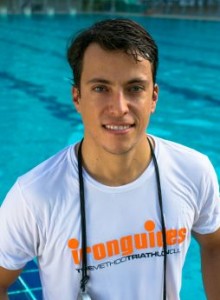
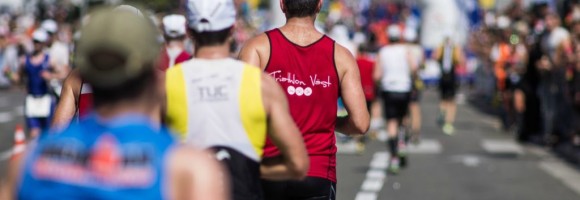

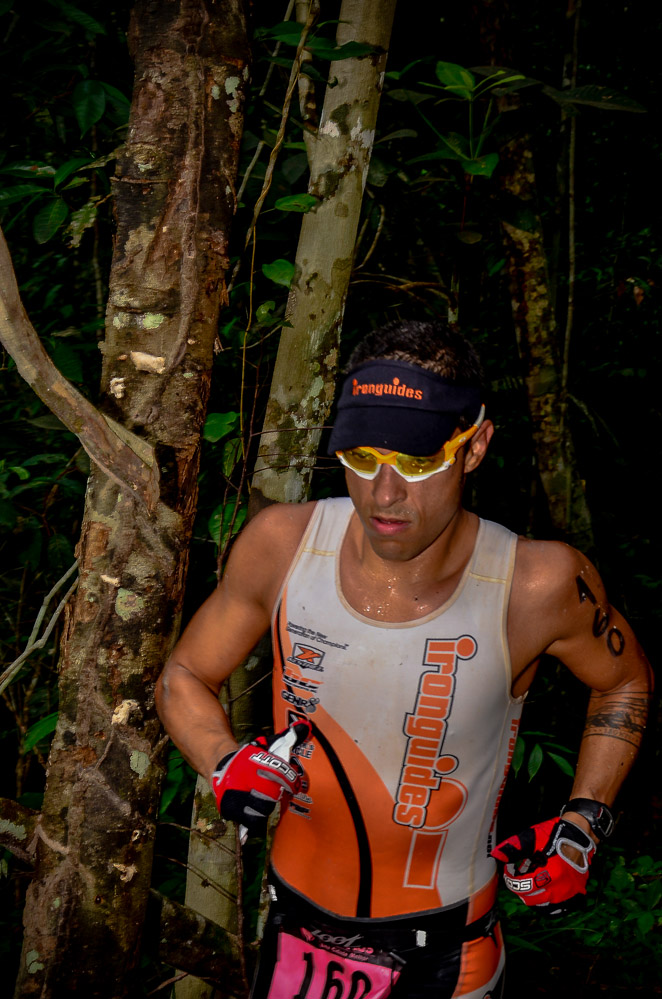



Recent Comments